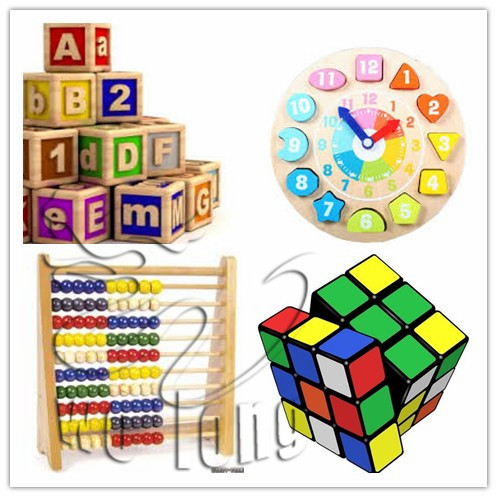Many countries have passed safety standards limiting the types of toys that can be sold. Most of these seek to limit potential hazards, such as choking or fire hazards that could cause injury. Children, especially very small ones, often put toys into their mouths, so the materials used to make a toy are regulated to prevent poisoning. Materials are also regulated to prevent fire hazards. Children have not yet learned to judge what is safe and what is dangerous, and parents do not always think of all possible situations, so such warnings and regulations are important on toys.

For toy safety, every country has its own regulations. But since the globalization and opening of markets, most of them try to harmonize their regulations. The most current action for children is to put toys in their mouths. This is why it is of upmost importance to regulate chemicals which are contained in the paintings and other materials children’s products are made of. Countries or trade zones such as the European Union regularly publish lists to regulate the quantities or ban chemicals from toys and juvenile products.
There have also been issues of toy safety regarding lead paint. Some toy factories, when projects become too large for them to handle, outsource production to other less known factories, often in other countries. Recently, there were some in China that America had to send back. The subcontractors may not be watched as closely and sometimes use improper manufacturing methods. The U.S. government, along with mass market stores, is now moving towards requiring companies to submit their products to testing before they end up on shelves.






